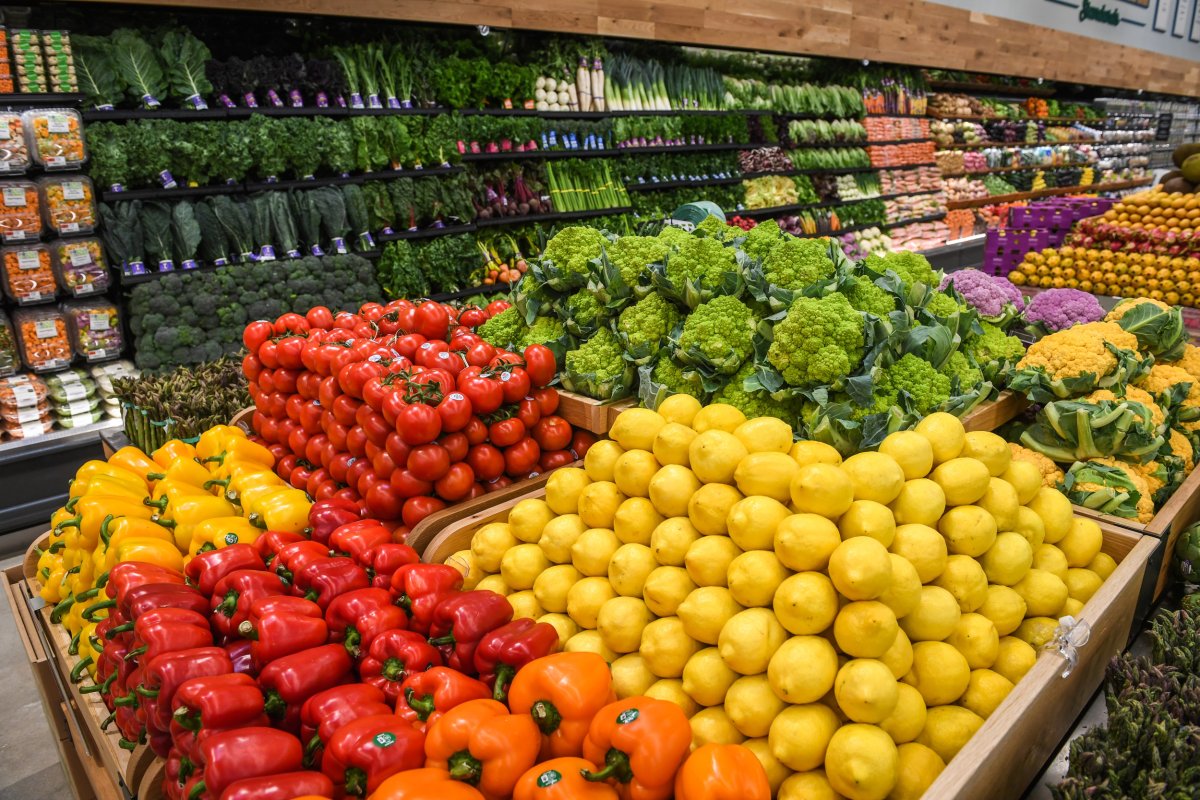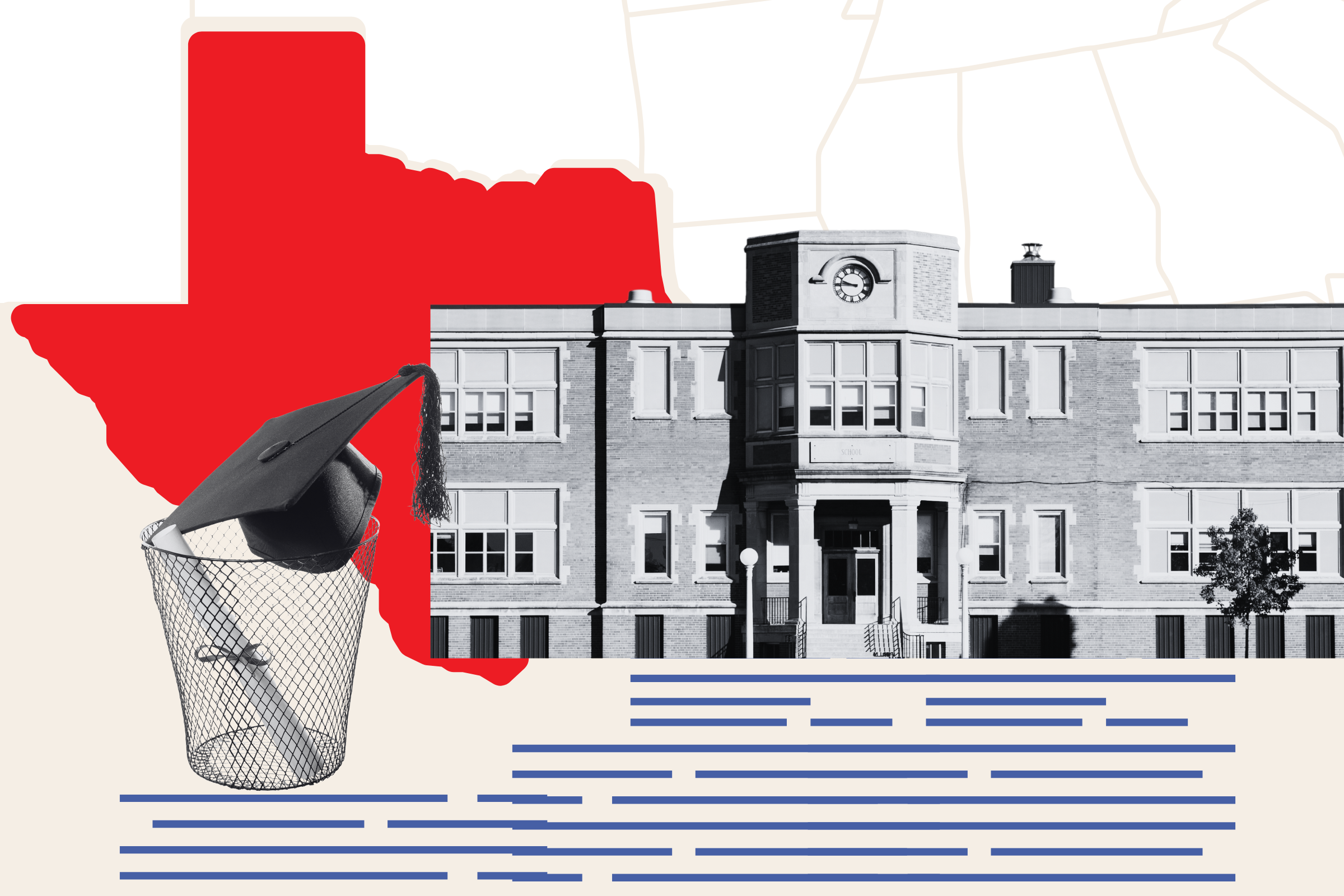As any good futurist will tell you, when responsibly deployed, artificial intelligence (AI) and other technologies can be a powerful force for good in our world. They can be used to answer fundamental questions about human health, including early detection of diseases such as cancer and heart disease, enabling life-saving interventions at ever earlier stages.
These technologies can help unlock new solutions that accelerate human prosperity, with 27 percent of workers in advanced economies in high-exposure, high-complementarity occupations poised to reap productivity and economic benefits from AI. A future where we all efficiently work away, while driving down highways chauffeured by driverless cars, is a much closer reality than once seemed possible. As these technologies rapidly roll out in—and benefit—wealthy nations, now is a critical moment to ensure equitable access around the world so we don't deepen the digital divide.
This inclusive progress is perhaps nowhere more important than in global nutrition, a sector in deep need of scalable solutions given 40 percent of the planet cannot afford a healthy diet and malnutrition is the leading cause of death and ill health globally.

Early applications, mostly in wealthy nations, are extremely promising: AI is being used to recognize different dishes, calculate prices, provide nutrition information, and complete transactions in catering services, using deep metric learning to accurately identify each dish in just 0.3 seconds. And AI-powered apps like Fooducate are helping people track what they're eating, see the nutritional profile of food, and receive recommendations for those with diet-related diseases such as diabetes.
We are now beginning to see AI and other digital tools being deployed for the rest of the world, where locally-led innovation is well-poised to leverage these technologies. Publicly-funded research has supported AI assistants—already being deployed in wealthier markets to recognize foods—to identify crop disease in plants. This gives farmers key insights so they can adapt to these risks, helping them to breed only healthy plants and achieve disease-free fields.
Large language models (LLMs) like ChatGPT—already boasting 100 million weekly users that use it to maximize efficiency in their daily responsibilities—are also being leveraged to coach frontline workers on kangaroo mother care, promoting skin-to-skin contact for low-birthweight and exclusive breastfeeding. This is just one of 50 innovations recognized by the Grand Challenges initiative of the Bill & Melinda Gates Foundation, which last year awarded $5 million in grants to projects that harness LLMs to reduce global inequality.
These technologies can also be used to make food safer. Blockchain is being used to empower producers and consumers of African indigenous vegetables with sourcing information, helping reassure people that the food they are consuming is safe, and incentivizing producers to verify the water quality used in post-harvest handling.
Many of these technologies are currently being utilized by digitized extension agents and more commercially advanced operations. But given the rapid penetration of smart devices and connectivity even in rural areas, it's not hard to imagine a near future where consumers in every mom-and-pop shop around the world are identifying the nutritional value of their food, from where it was sourced, and where they can buy it cheaper.
The next frontier for AI in nutrition is to understand the very nature of food itself, in ways that can profoundly change the course of human health. A massive international effort called the Periodic Table of Food is mapping the composition of food on a biomolecular level. The open access data platform will allow users around the world to optimize regenerative agriculture practices, inform dietary guidelines, target food production for climate action, understand the impact of foods on gut health, and more.
Speaking of gut health, the contents of the gut microbiome are directly linked to broader health and nutritional outcomes, as evidenced by a landmark 2013 study. Now, research into Microbiome Directed Foods is starting to come online. There is exciting new research into a probiotic supplement of B. infantis, a vital gut bacteria that helps break down the sugars in breastmilk. If babies who aren't born with enough of the bacteria can receive enough of it from these interventions, it could prevent a lifetime of poor absorption of key nutrients.
One can even imagine a future of precision nutrition for all, where regardless of a person's birthplace and economic status they can access technology that can predict how they uniquely respond to different foods and to different nutrients, which can aid in optimizing nutrition interventions.
A nourished world is possible, and we can use AI to get there faster. The prize is human progress, and that is a prize any good futurist should seek.
Matt Freeman is executive director of Stronger Foundations for Nutrition.
The views expressed in this article are the writer's own.
Uncommon Knowledge
Newsweek is committed to challenging conventional wisdom and finding connections in the search for common ground.
Newsweek is committed to challenging conventional wisdom and finding connections in the search for common ground.
About the writer
To read how Newsweek uses AI as a newsroom tool, Click here.








